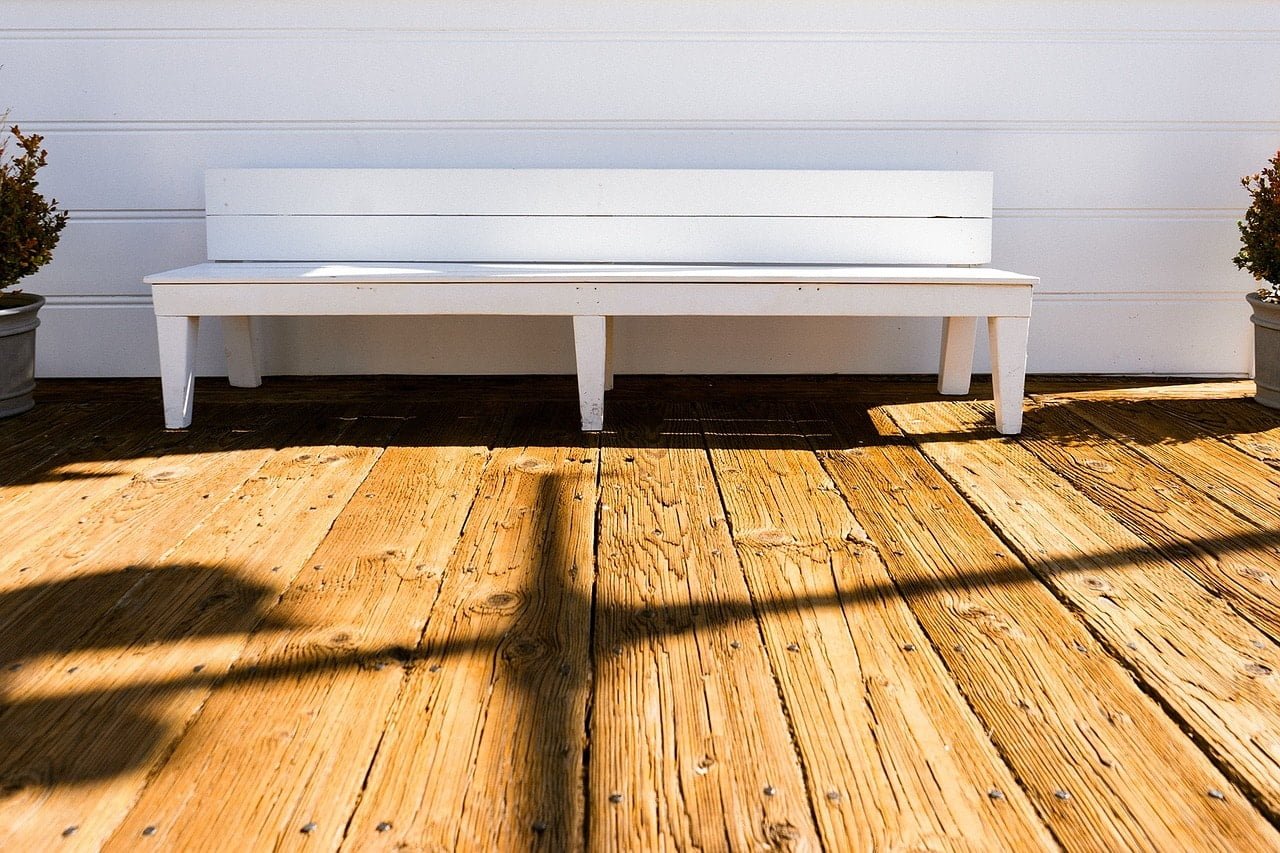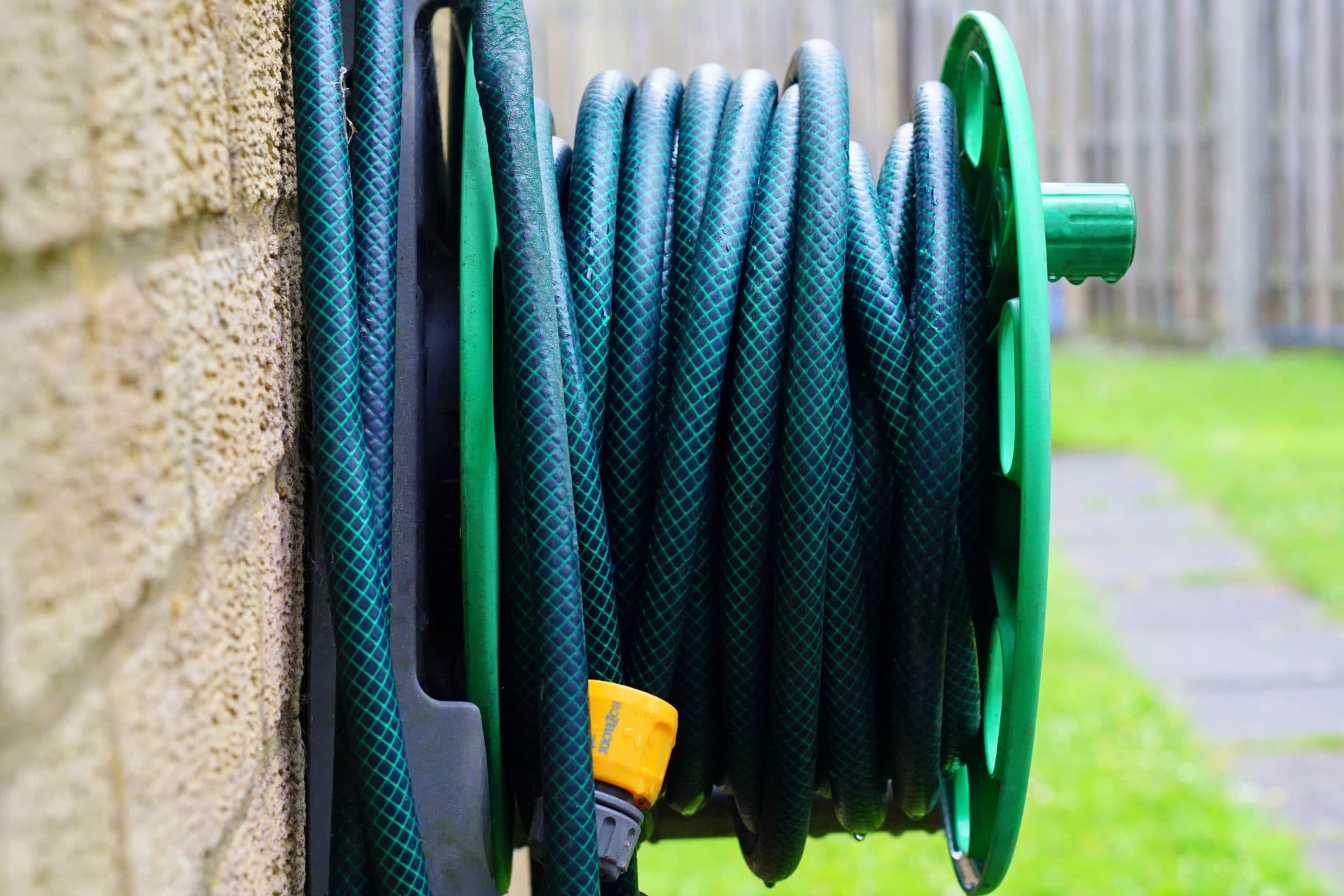Applying polyurethane to your wood furniture will give it a stunning shine and bring out the natural beauty of the wood. Polyurethane is designed to create a finish that is resistant to water, solvents, impacts, and abrasions. This is done through its molecular resin chains. When they dry they create a very tough varnish, but getting that streak free finish can seem daunting and nearly impossible. Follow these steps and you’ll be sure to have a fantastic streak free smooth finish.
Sand and Clean
The finish can only be as smooth as your wood. Be sure that you sand out the imperfections, all of them. Start using a larger grit of sand paper and following that up with finer paper and then follow that with even finer grit. That means to start with 100 grit, then 150 grit, and finish with 220 grit. Be sure that you examine the surface well. Look for scratches that the larger grit could have caused and sand them out with the finer papers.
There are some woods that have such uneven grains that attempting to sand them smooth might take too long. In such cases, try wood-grain filler. This product will fill the pores and grains of the wood to create a smooth even surface. Use a putty scraper to work the filler into the grain. Scrape off the excess and let dry. Once the surface is dry sand it with a 220 grit sand paper.
Once you have sanded out the imperfections, make sure you clean the wood very well. Use a shop vacuum with a bristle head to clean the surface first. After this, wipe the surface down with lint free cloth. Then, wipe the surface down again with a tack cloth. This will ensure that the surface you will be sealing is clean and will remain smooth.
Be sure that the area you are working in is clean as well. Ensuring that your work station is clean, dusted, and ventilated will keep your varnish smooth. Wherever you plan on staining make sure you dust, clean, and remove all sawdust before you begin. Try doing your project in an area with open windows. You can also put a fan in one of those windows forcing the air out of the window. This will maintain the circulation of air and keep the dust from falling on your work.
Stirred Not Shaken
Unlike paint, shaking polyurethane is not a good idea. Shaking the mixture adds lots of bubbles and air, which will add bubbles to your finish. Mix the finish carefully to start and occasionally during the application process.
Start with a Seal
Before you begin painting on thick layers of polyurethane, seal the wood with a thinned layer of polyurethane. Pour some of your chosen finish into a glass jar. Use a ratio of one part mineral spirits to two parts polyurethane. Gently stir the mixture to make your own wood seal. Just be sure that the polyurethane that you are using does not have a sealant already in the product. If it does, just skip this step and move on to the next. If it does not and you need to seal your wood before the top coats, use this ratio and add a thin layer onto your wood.
When dealing with oil-based polyurethane be sure to use a natural bristle brush. These brushes are easier to clean out when the job is done. Use some paint thinner to clean out the bristles. If you are using a water-based polyurethane use a synthetic bristle brush. Water-based varnishes cause the bristles of a natural bristle brush to swell. The swelling causes the brush to lose its shape. Synthetic bristles will not cause this to happen. Clean up is easy, just use some soap and water.
First Coats
Once the seal has dried, you may begin adding your top coats within the same 24 hour period. Dip your brush into the undiluted varnish until about an inch of the brush is covered. Do not wipe your brush on the side of the can as this can introduce air bubbles. Spread the polyurethane over the wood, from one end to the other, with the grain of the wood in one even stroke. Make sure that you do not use too much or you will risk getting runs on the edges and through your finish. Try using the “tip off” style for applying your varnish. Keep your brush at a 45 degree angle, lightly running the bristles over the entire wood length. Overlap your strokes to keep everything looking uniform. Allow the coat to dry for 24 hours.
Check for Blemishes
Even with ventilation and a super cleaned environment, there can still be a gnat or little speck of dust could settle and dry into your second coat. To remove these new blemishes, you can do a few things. First, you could cut the blemish out. Do not cut through the entire finish, just enough to remove the problem, but still able to blend with the surface. You can also try wet sanding. Wet sanding uses a 400 grit sand paper on a sanding block. Dip the paper into some water and lightly sand in circular motions to remove the blemish out of the finish. The moisture will lubricate the sandpaper enough that the friction will not burn through the finish. When it is removed, wipe the surface clean with a cloth and dry it with a dust free cloth.
The Final Coat
Once the second coat is dry and free of blemishes, it is time to add the third and final coat. Make sure that you are adding this coat within 48 hours of the second. This will give it enough time to dry while ensuring that there is little build up of debris. Apply the third coat just like you did the second. If you are lucky, and careful, the finished and dried product will come out smooth and blemish free.
If luck was not on your side for this project, you might need to wet sand again. This will cause you to have to polish the surface. To polish, you will need a damp cotton cloth and automotive rubbing compound. Once the surface has cured and dried for a few days, you may begin this process. Rub the compound on in circular motions and let dry. Buff the compound with a clean dry cloth when it has dried. This compound will remove any of the scratches caused by the 400 grit sand paper from the wet sanding. It will also restore the shine in the finish. If the finish still has a little bit of a cloudy look, repeat the steps with the automotive compound.
Top It Off
Polyurethane creates some beautiful colors, stains, and finishes to wood furniture. Sadly, even though polyurethane varnish is stunning when done correctly, it can be very difficult to achieve. To begin, make sure you are working in a clean environment, working on a clean piece, and continue to keep the area clean. This will ensure that the finish will be smooth and clean. Make sure you know which brush to use and apply thin coats. The thin coats will dry more evenly and reduce the possibility of bubbles. Once the layers are applied and dry, make sure to look for blemishes. If you need some extra luster, use some automotive finishes. Brush on and buff off to reveal the complete shine and luster. If these steps are followed carefully, then your furniture is going to have a stunning shine, and even better feel.











